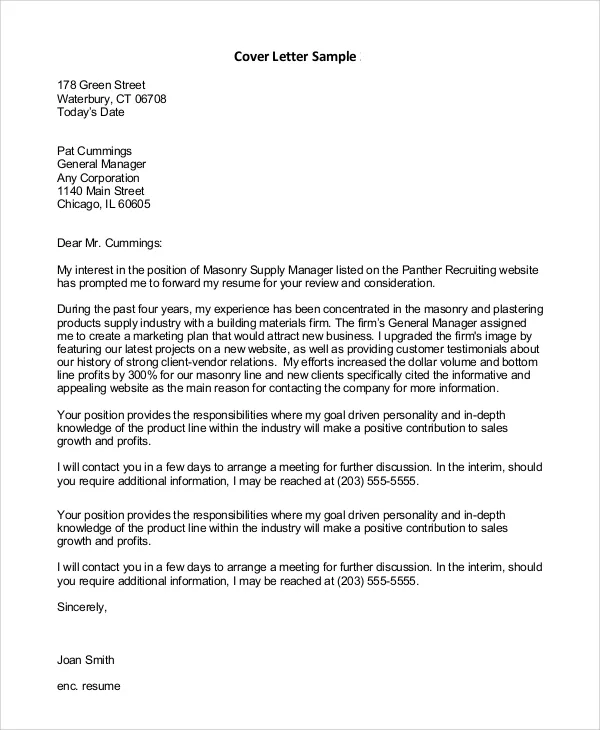What Is a Resume Cover Letter
A resume cover letter is a crucial document that accompanies your resume when applying for a job. It serves as a formal introduction, allowing you to elaborate on your qualifications and express your interest in the specific role or company. Unlike a resume, which provides a factual overview of your skills and experience, a cover letter offers an opportunity to showcase your personality, communication skills, and enthusiasm for the position. It’s your chance to make a strong first impression and convince the hiring manager to read your resume carefully. This document is the first step in the hiring manager’s selection process and could be the difference between securing an interview or being rejected.
Why Is a Cover Letter Important
A well-written cover letter is incredibly important in today’s competitive job market. It demonstrates your writing skills, attention to detail, and genuine interest in the opportunity. It helps you stand out from other applicants by providing a personalized touch that a resume alone cannot offer. A cover letter allows you to tailor your application to the specific requirements of the job, highlighting relevant skills and experiences. By explaining how your qualifications align with the company’s needs, you increase your chances of getting noticed and securing an interview. Moreover, it offers the opportunity to address any potential gaps in your resume or explain your career aspirations and provide a glimpse into your personality and work ethic.
Key Components of a Cover Letter
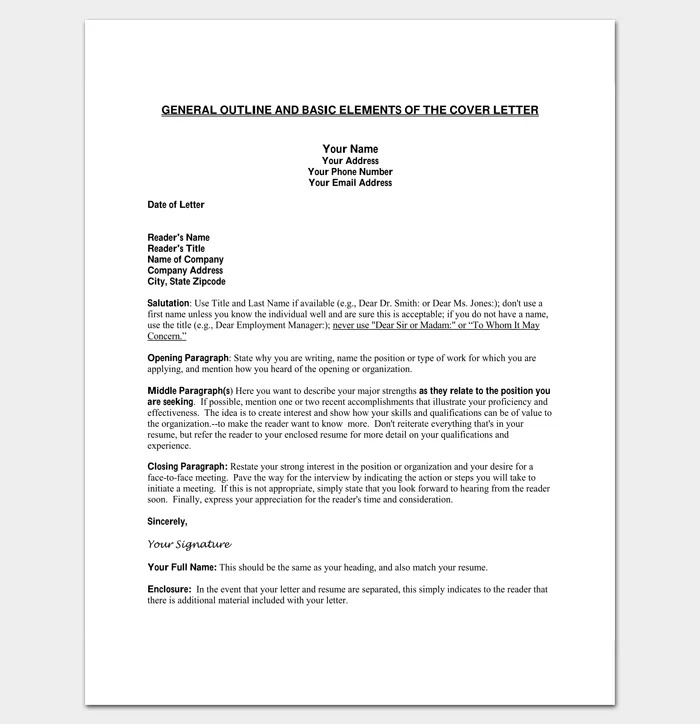
Header
The header of your cover letter is the starting point. It provides essential contact information, ensuring the hiring manager knows how to reach you. The header should be professional and easy to read.
Your Contact Information
Include your full name, phone number, email address, and optionally, your LinkedIn profile URL. Make sure your email address is professional-sounding, as this reflects the image you want to convey.
Date
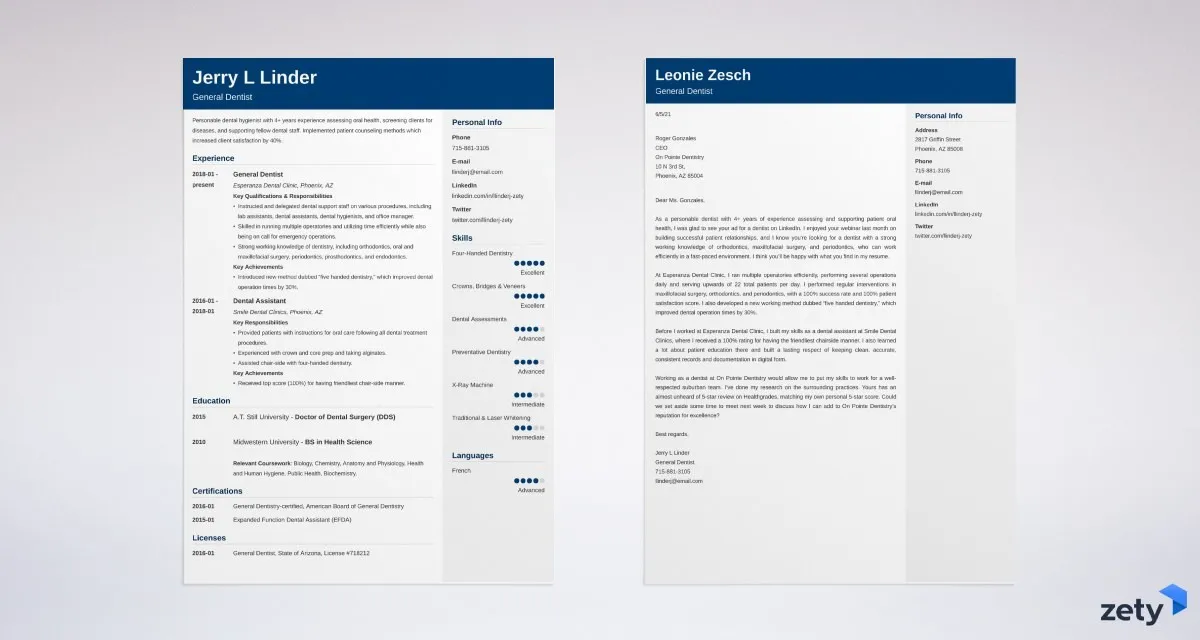
Include the date you are submitting the cover letter. This is a standard element that should be included after your contact information. Make sure it reflects the current date.
Recipient’s Contact Information
Include the name of the hiring manager, their title, the company name, and the company’s address. If you cannot find the hiring manager’s name, use the job title instead. Researching this information will help you personalize the letter.
Salutation
Use a professional salutation to greet the hiring manager. Use ‘Dear Mr./Ms./Mx. [Last Name]’ if you know the name. If you are unsure of the name, use ‘Dear Hiring Manager’ or ‘Dear [Department Name] Team’.
Body Paragraph 1 Introduction
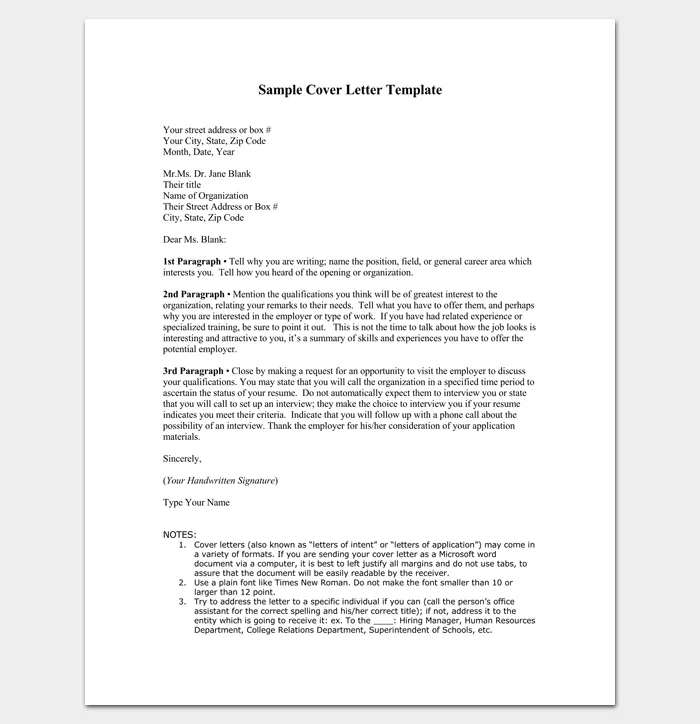
Start your cover letter by clearly stating the position you are applying for and where you found the job posting. Briefly mention why you are interested in the role and the company. Show enthusiasm and make a strong first impression. Briefly mention your most relevant qualifications and make sure you are tailoring your letter to the specific job posting. This initial paragraph sets the tone for the rest of your letter, so make sure it is well-written and compelling.
Body Paragraph 2 Skills and Experiences
In this paragraph, showcase your relevant skills and experiences. Provide specific examples of how you have used these skills in previous roles. Quantify your achievements whenever possible. Use action verbs to describe your accomplishments and align your skills with the job requirements. Use the job description as your guide and highlight what the employer is seeking. Focus on your accomplishments and what you can bring to the company. This paragraph is an opportunity to convince the hiring manager that you are the right fit for the job.
Body Paragraph 3 Value Proposition
Explain how your skills and experiences align with the company’s needs and the specific job requirements. Highlight what makes you a valuable asset to the organization. Tailor this paragraph to show your understanding of the company’s mission, values, and goals. Explain how your contributions will benefit the company. Focus on what you can bring to the company. Emphasize your enthusiasm for the role and the company. Show the hiring manager why you are the best candidate.
Closing Paragraph
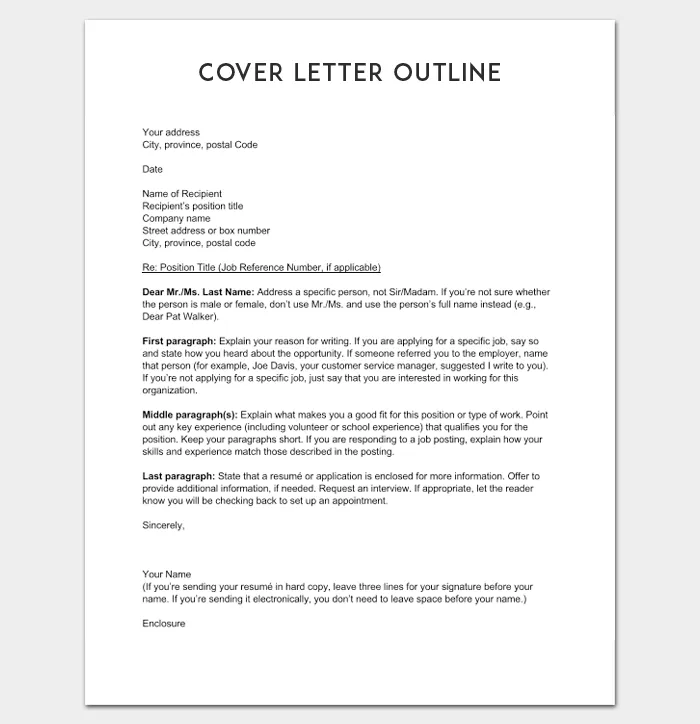
Summarize your interest in the position and reiterate your key qualifications. Express your enthusiasm for the opportunity and thank the hiring manager for their time and consideration. Reiterate your interest in the position. Provide your contact information and state your availability for an interview. End on a positive and confident note.
Complimentary Close
Use a professional closing, such as ‘Sincerely,’ ‘Best regards,’ or ‘Thank you.’ Keep the tone professional and respectful.
Signature
If you are submitting a digital cover letter, include your typed name and a digital signature. If you are submitting a printed cover letter, sign your name above your typed name.
Cover Letter Format Tips
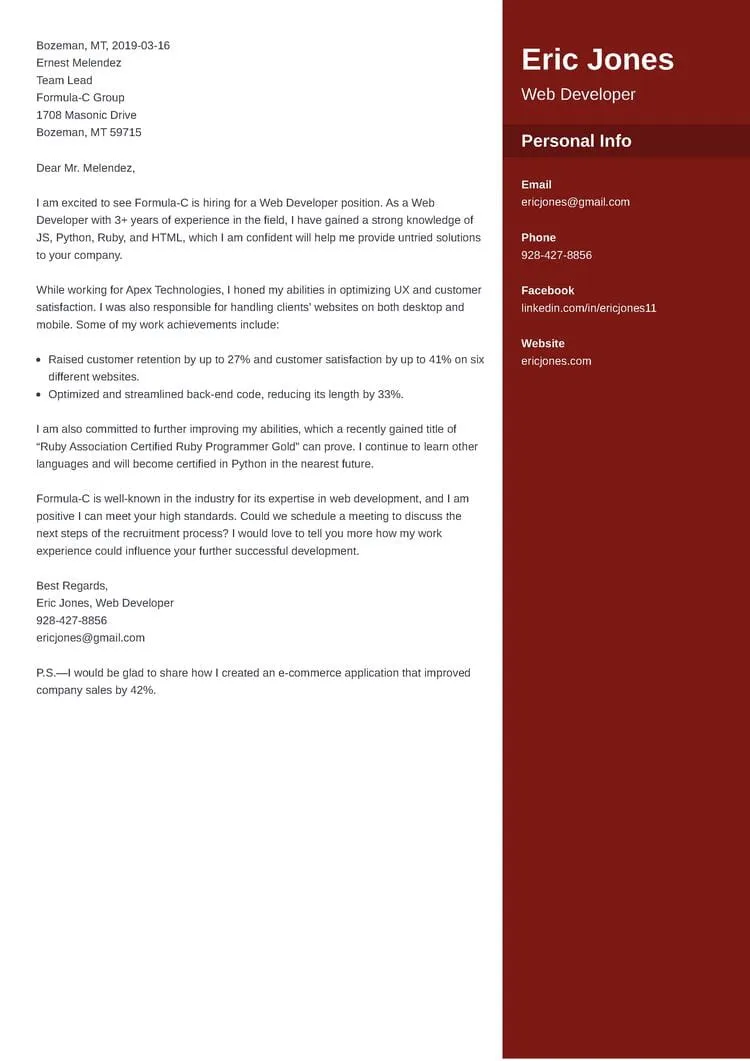
Font and Formatting
Choose a professional and easy-to-read font, such as Times New Roman, Arial, or Calibri. Use a font size between 10 and 12 points. Maintain consistent formatting throughout the document. Use one-inch margins on all sides. Use single-spaced lines within paragraphs and double-spaced lines between paragraphs.
Length
Keep your cover letter concise, ideally no more than one page. Focus on the most relevant information and avoid unnecessary details. Each paragraph should be focused and to the point. Your cover letter should be easy to read and focused.
Tone
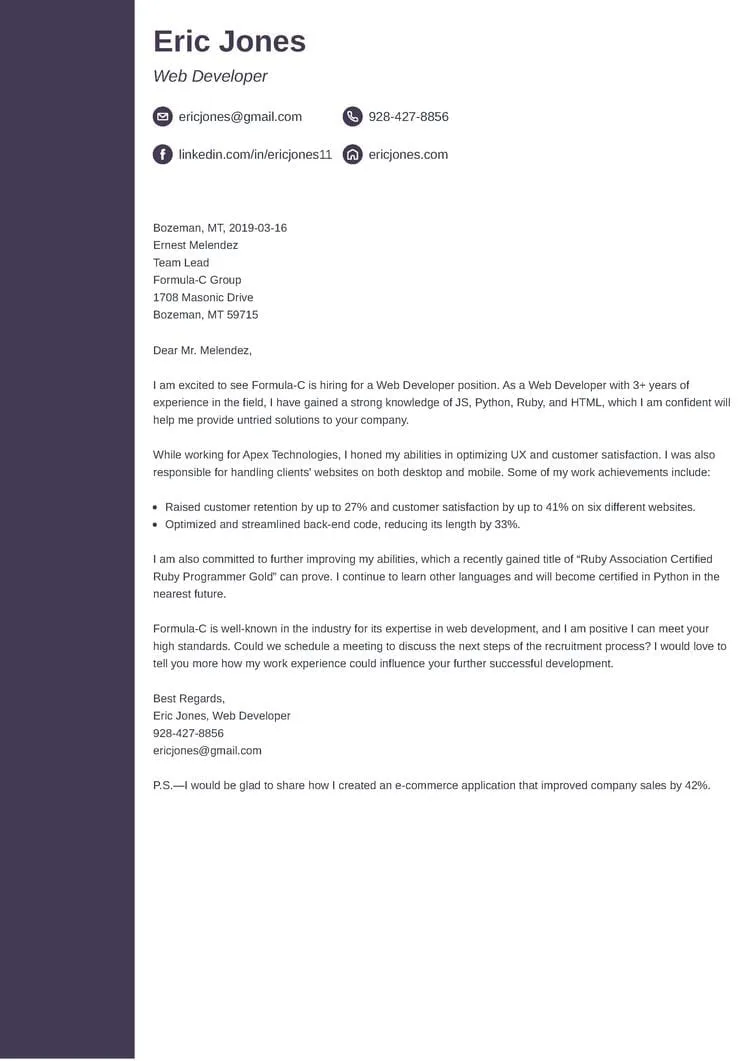
Use a professional and enthusiastic tone. Avoid slang or overly casual language. Tailor your tone to match the company culture. Show your personality while maintaining professionalism.
Proofreading and Editing
Proofread your cover letter carefully for any grammatical errors, spelling mistakes, or typos. Use a grammar checker to help. Have someone else review your cover letter for clarity and accuracy. Ensure your cover letter is free of errors and represents you in the best possible light. Paying attention to detail will make your application stand out.
By following these guidelines, you will be able to write a compelling cover letter that helps you land an interview and advance your career.
